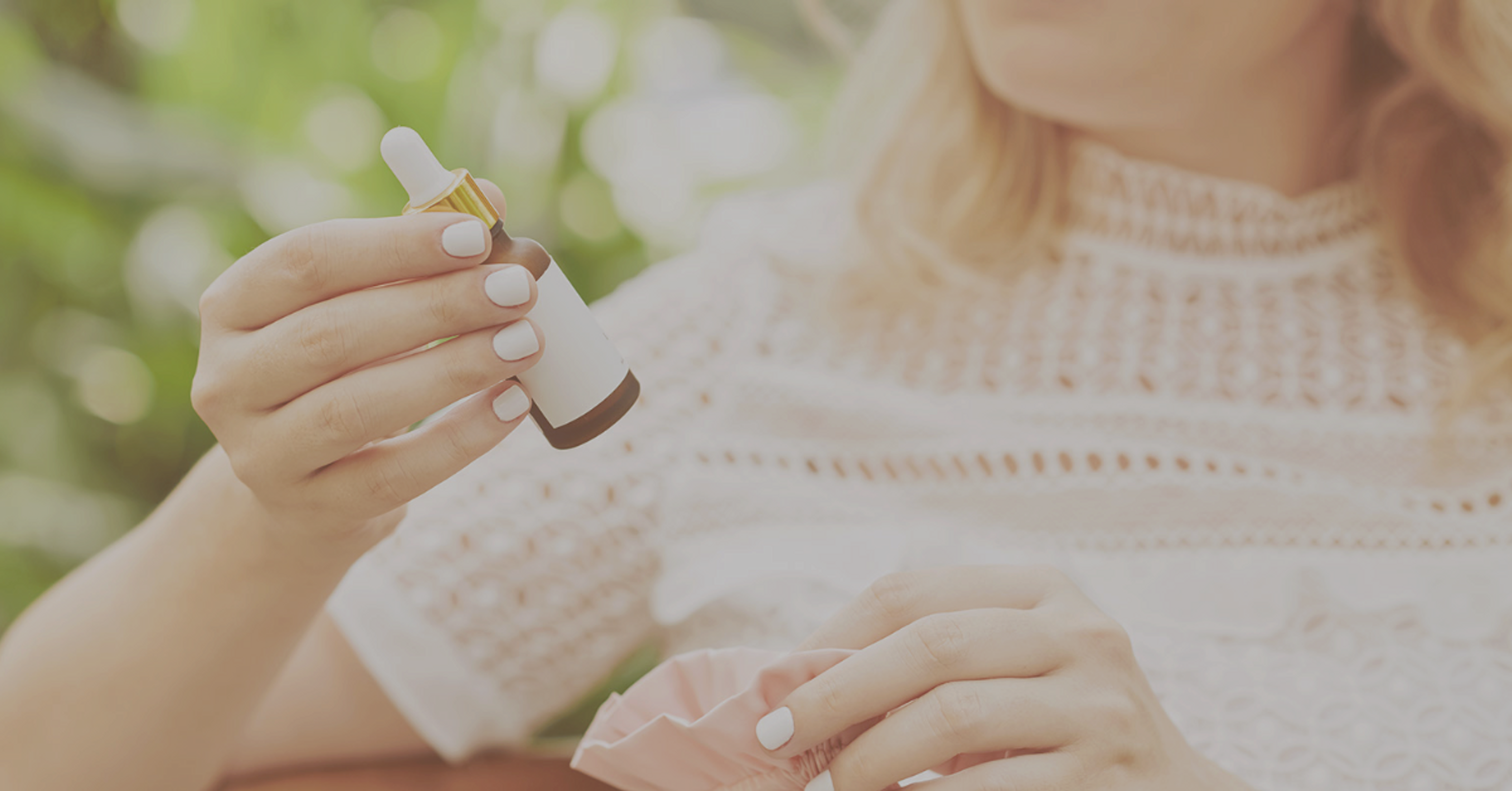You've probably heard of at least one of the following: retinol, retinal, retinoid, retin A. You may even have incorporated one into your skincare regimen, but what do you really know about each of them, and what's the real difference between them? I'll walk you through everything vitamin A...
What are retinoids?
You may have heard of retinoids, but what are they? Well retinols, retinals (yep, just one letter difference there) and retin A all fall under the umbrella of retinoids, which are vitamin A derivatives. Retinoids, such as retinol and retin A, have been labelled the modern-day heroes of skincare, and have quickly become an important part of many skincare aficionados' skincare regimens.
So, what is it about retinoids that makes them such an essential skincare asset? Retinoids are great for many reasons, but here are a few of the most impressive...
- They help speed up cell turnover, sloughing off dead skin cells that remain on the skin's surface
- They help brighten the skin, giving it a gorgeous glow
- They decrease melanin production to give a more even skin tone
- They help reduce acne and blemish formation through sebum reduction
- They reduce pore size
So, now we know what retinoids are, and what they do for our skin, but what about all the varying types of retinoids?
What is the difference between retinol, retinal, retin A and everything else in between?
The key here is understanding how vitamin A is converted into its active form (tretinoin, AKA retinoid acid, AKA retin A).
There are 4 steps in this conversion:
Retinyl esters -> Retinol -> Retinaldehyde (Retinal) -> Retinoid acid (Tretinoin or Retin A)
The fewer steps required to reach the active form, the more benefits delivered to the skin. Let's think about these ingredients in more detail.
Retinol
It is the most widely available and oldest form of vitamin A. It comes in VERY variable strengths, usually from 0.3- 1% (a lot of high street products are not worth wasting your money on, so check the strength before you buy). It brings great results but sometimes needs a little bit of time to work.
Tretinoin
Tretinoin (retinoid acid, AKA tret, AKA retin A). The most potent and effective form of vitamin A. It is a prescription-only formula and should only be used under the supervision of a medical professional. It has the highest potential for irritation but is also the most effective formula. The concentration goes from 0.025% o 0.1% and should be gradually built overtime.
Retinaldehyde
Retinaldehyde is the second strongest formula after tretinoin. It is not a prescription product but acts much quicker than retinol. It can cause a higher degree of irritation and is advised to be used in more mature skin. It has antibacterial properties and is perfect for oily or blemish-prone skin.
Retinyl retinoate
Retinyl retinoate (RR) and hydroxy pinacolone retinoate (HPR) are newer formulations which have been shown to work well in sensitive skin as they cause less irritation due to oil-based formulas.
What's the difference between prescription retinols and over the counter retinols?
Tretinoin is the only topical vitamin A product which requires prescription. It is also the most potent one which brings the best results. You can start with a lower strength vitamin A product to see how well your skin reacts to it and the benefits you see, and then move on from there. The best thing to do is to speak to an aesthetic practitioner who will be able to point you in the right direction.
How to use retinoids:
- Introduce them gradually.
- Apply in the evening after cleansing and make sure your skin is dry beforehand.
- Build up the concentration over time. ‘Start low and go slow’. If your skin is very sensitive you can start using it twice a week or on alternate days and slowly build up frequency and concentration. It is best to do it under the supervision of a skincare professional.
- Always use broad spectrum SPF in the morning when using retinoids in your skincare regime.
- Avoid the eyes, nasolabial folds, area around your nostrils and corners of the mouth, as retinoids can cause excessive drying in these areas.
What to expect when you first start using retinoids
Irritation, itchiness, dryness, flaky skin. These are all signs which mean that the retinoid is working. Its job is to resurface the skin, stimulate collagen production and erase fine lines. In order to do that, the most superficial skin cells needs to shed.
But don’t over do it! If your skin feels burnt or sore when you apply light moisturiser, you should know you’ve gone too far. You should never have any bleeding or blistering and the corners of your eyes and mouth should not be sore.
Once your skin gets used to its new regime, you will notice it is more glowy and plump. The fine lines will be reduced and the skin should be smoother and more hydrated. The tone will even itself out and it will appear more elastic.
Trust the process - you need about a month to see any changes. It take a little time for your skin to renew itself.
The best thing to do if you don’t know where to start is to have a consultation with a medical professional who specialises in skincare. They will be able to offer the right product and concentration for you.
Thanks so much to Dr Dorota for this amazing summary of vitamin A products and benefits.
If you're looking to add a retinol to your skincare routine but not sure if it's right for you, or what strength you need, check out the hundred of practitioners on Glowday, like Dr Dorota, who offer consultations and in-clinic appointments.

